The United States National Forest system contains a whopping 193 million acres throughout the country. These stunning forests offer experiences that simply don’t occur in national parks or state recreation areas.
National parks might grab headlines and Instagram highlights, but our national forests contain secret treasures with fewer visitors and less limiting rules. Established not only for protection but also for public benefit and enjoyment, these wide-ranging forest domains hold unique possibilities for visitors in search of authentic outdoor experiences.
These extraordinary public lands deliver adventures impossible to find elsewhere. Here is a list of 14 remarkable experiences you can only have in America’s national forests.
Wild Foraging

National forests permit the legal collection of edible plants, mushrooms, and berries – activities strictly forbidden in national parks. With minimal restrictions, many forests allow personal harvesting of morels, chanterelles, huckleberries, and other natural treats.
There’s something deeply satisfying about filling a basket with wild blueberries or uncovering a patch of prized morels; it connects you to the land in ways few other activities can match.
Primitive Camping Anywhere
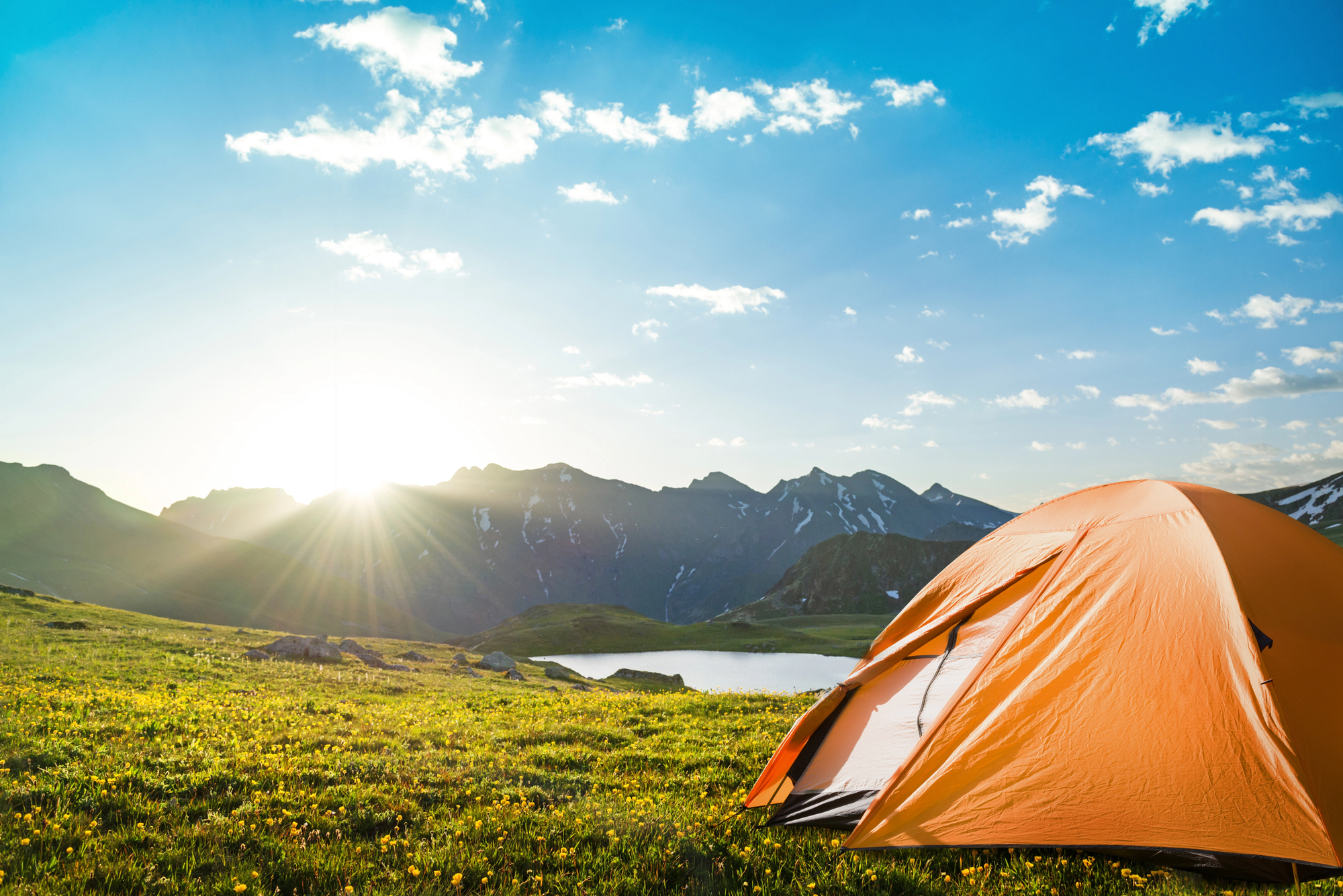
While national parks confine you to designated campgrounds, most national forests allow dispersed camping virtually anywhere. You’re free to pitch a tent beside a remote alpine lake – or nestle your camp among ancient trees miles from established sites.
This ability to choose your own patch of the wild develops an immediacy with nature that structured campgrounds can never hope to match.
Abundant Wildlife Viewing
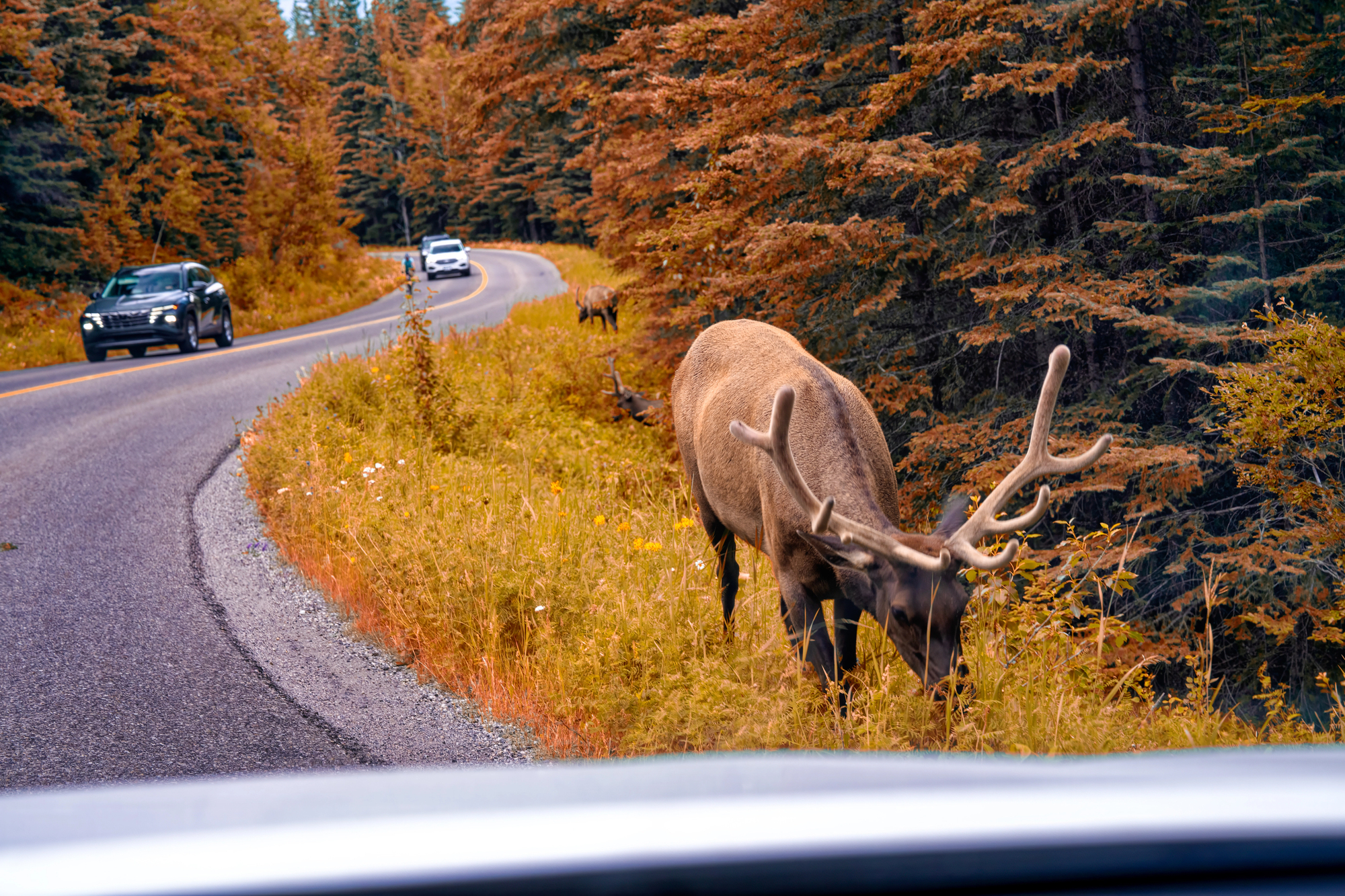
National forests typically support larger and more diverse wildlife populations than their park counterparts, thanks to different management philosophies. Many forests maintain wildlife openings, salt licks, and food plots – all of which attract various animal species and create exceptional viewing opportunities.
The experience of witnessing a herd of elk at dawn in a forest meadow offers a genuine wildness, fundamentally different from viewing animals accustomed to constant park visitors.
Like Travel Pug’s content? Follow us on MSN.
Historic Lookout Tower Stays
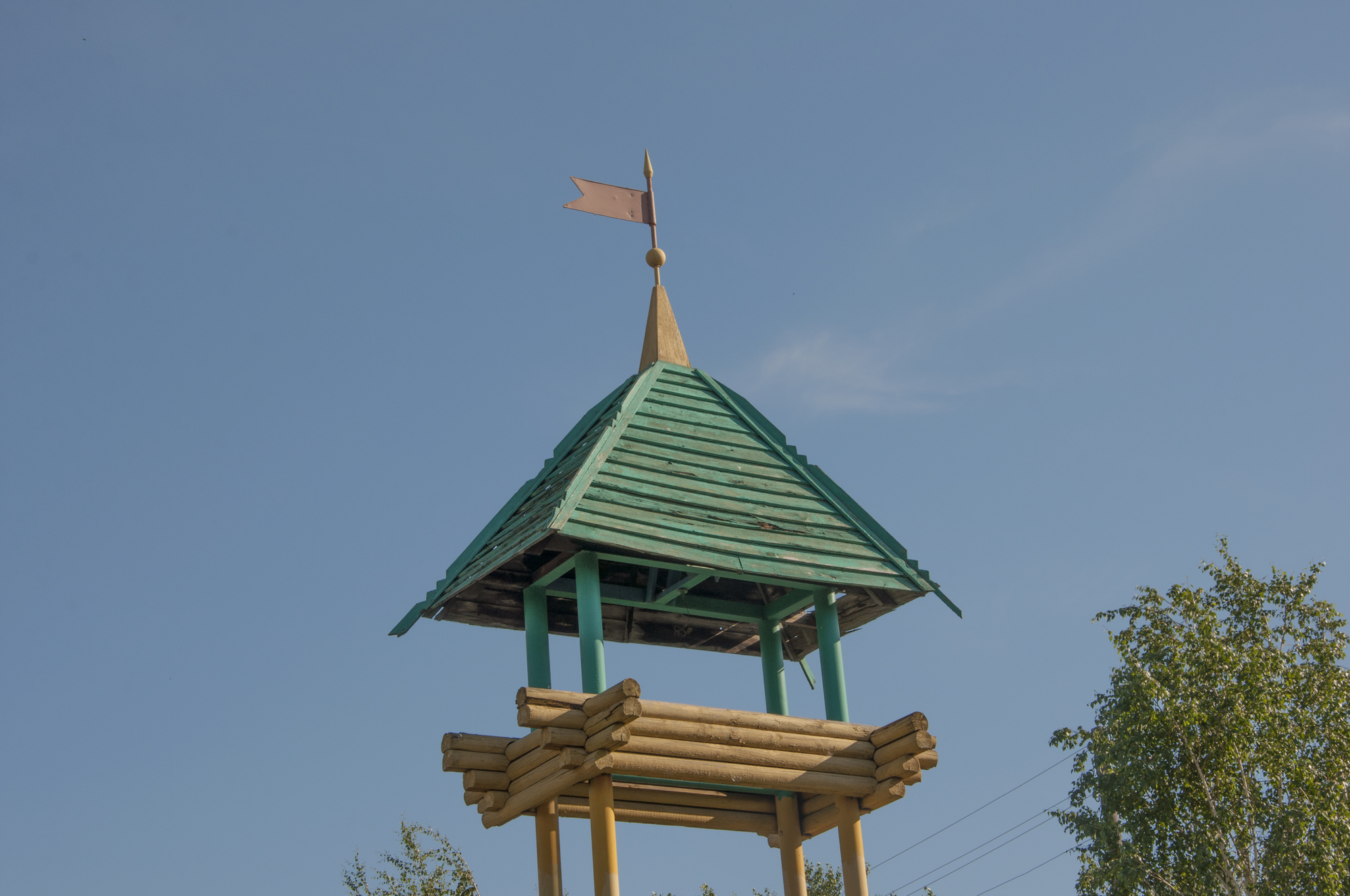
Several national forests maintain fire lookout towers that visitors can actually rent overnight – a truly unique accommodation option. These eagle’s nest structures sit perched on mountaintops, offering 360-degree panoramic views of the surrounding wilderness.
Spending a night in these historic buildings gives you the same perspective fire watchers have enjoyed for decades, complete with sunrises that defy description.
True Solitude
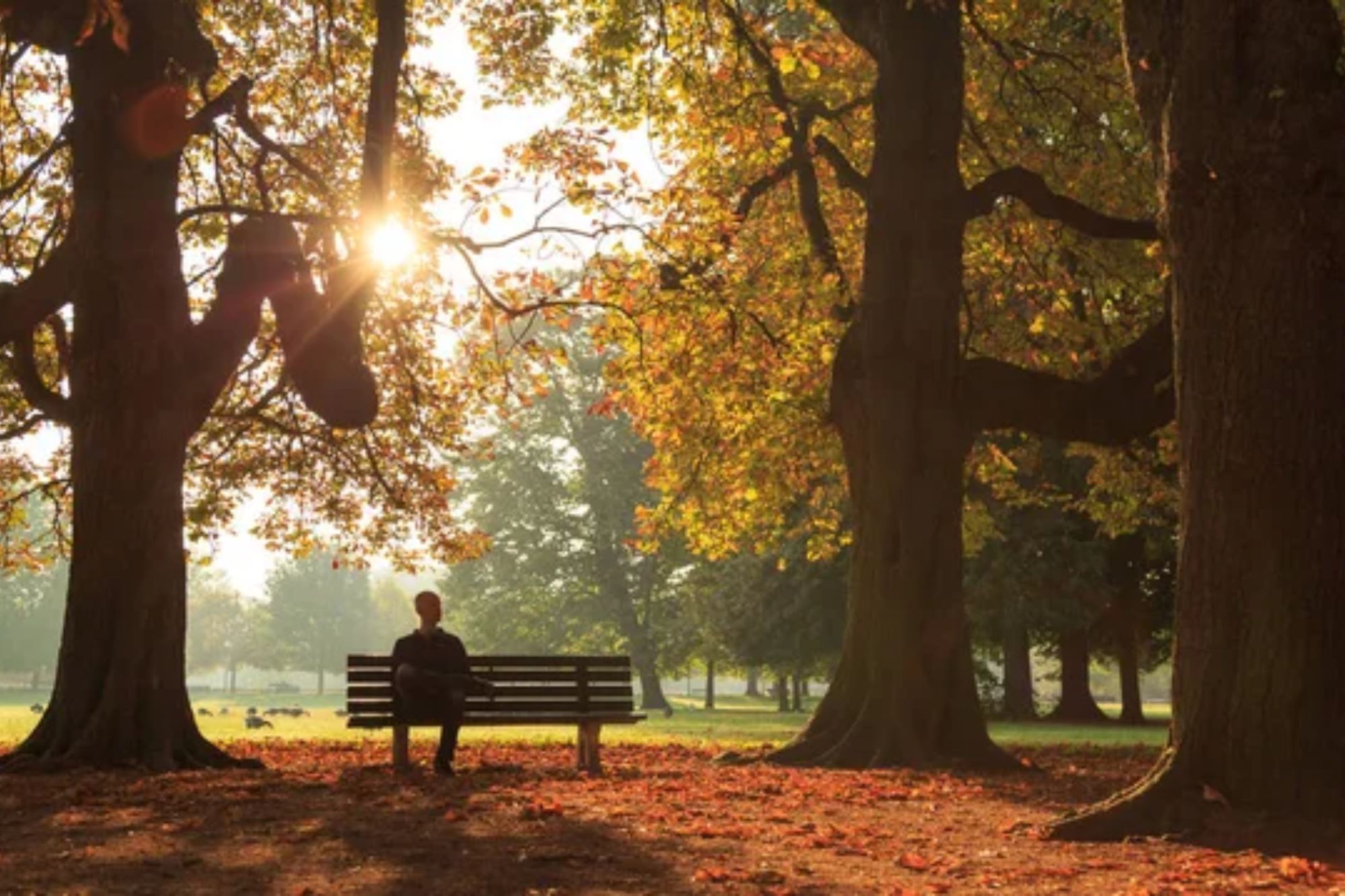
National forests typically see far fewer visitors than national parks – making genuine solitude not just possible but likely. In many forests, you might hike an entire day without encountering another soul, allowing for a depth of quiet that’s becoming increasingly rare in our modern world.
This profound silence – occasionally broken only by birdsong or wind through trees – creates space for contemplation and connection that’s nearly impossible in more popular outdoor destinations.
Off-Road Vehicle Adventures
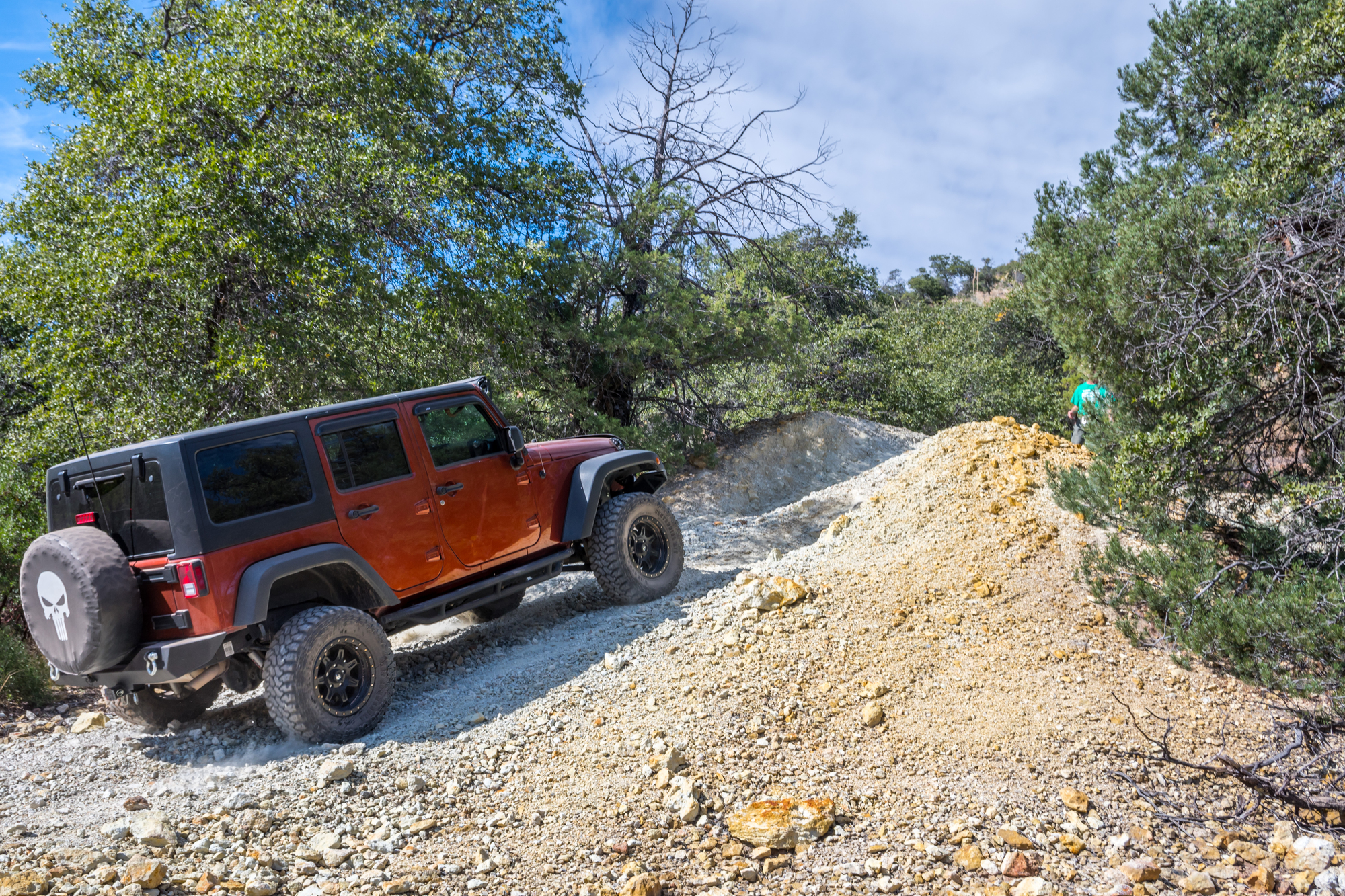
Unlike most protected areas, many national forests maintain extensive networks of trails specifically designed for ATVs, dirt bikes, and other off-highway vehicles. These designated areas enable responsible motorized exploration across diverse and challenging terrain.
The mix of technical trails and spectacular scenery creates an adrenaline-pumping experience – while letting you access remote areas that would take days to reach on foot.
Like Travel Pug’s content? Follow us on MSN.
Winter Cabin Escapes
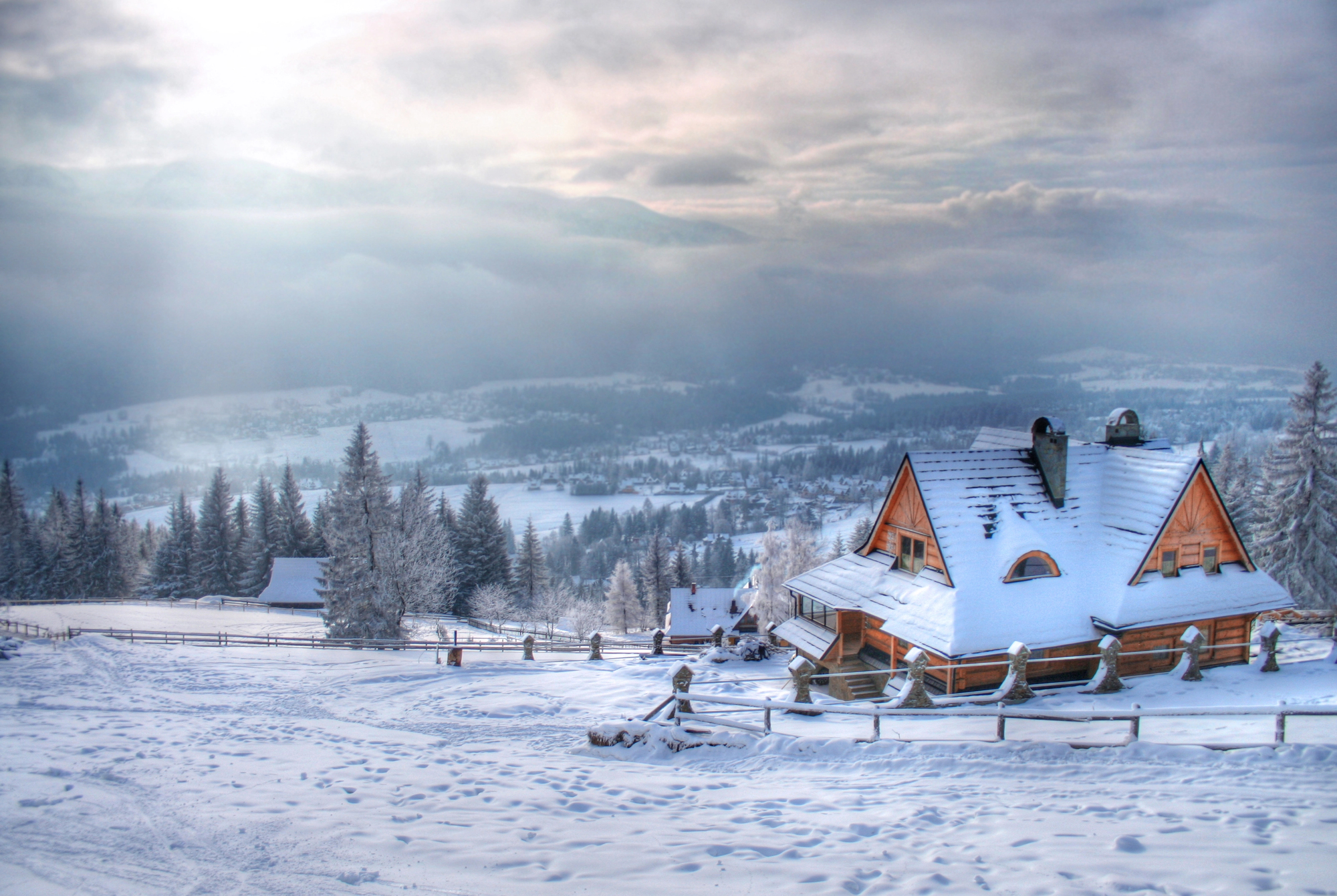
There is a chain of rustic cabins run by the Forest Service that are available for winter rental – accessible only by snowmobile or cross-country skis. These cozy retreats offer a true frontier experience – with wood stoves and lantern light instead of luxury trimmings.
There’s something special about relaxing and watching snow fall over windows in a remote cabin while basking in warmth beside a roaring fire; it offers a wonderful mix of adventure and relaxation.
Multi-Use Trail Systems
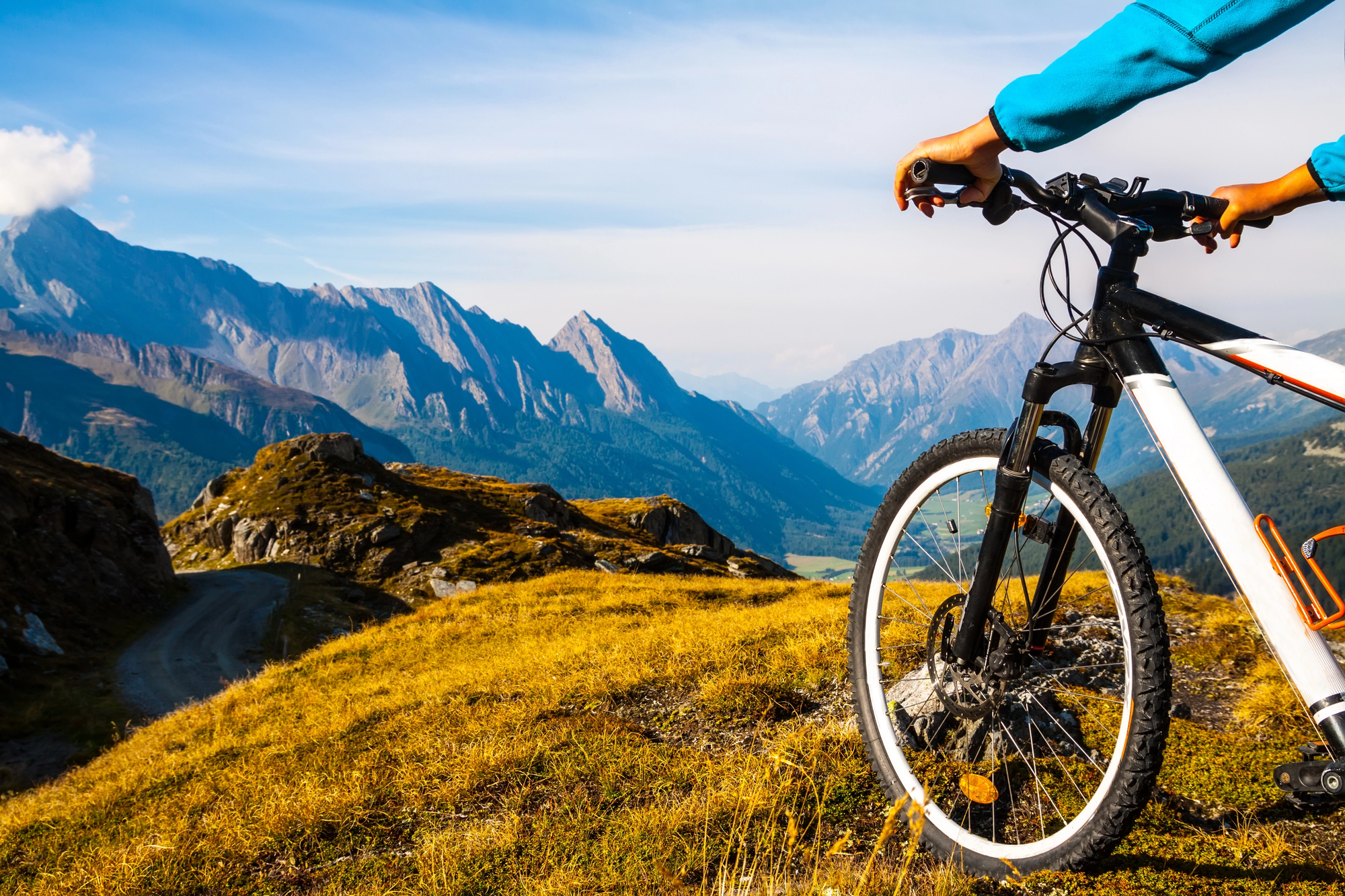
National forests frequently feature extensive trail systems designed for simultaneous multiple activities – from horseback riding to mountain biking to hiking. National forests usually feature extensive trail systems designed for concurrent multiple use – from horseback riding to mountain biking to hiking.
Shared trails provide an extraordinary sense of community among outdoor activities across disciplines. The crash of a horse packer and a mountain biker, or debate between running trails and hikers, forms bonds among recreation modes that rarely form in more managed settings.
Cultural Resource Exploration
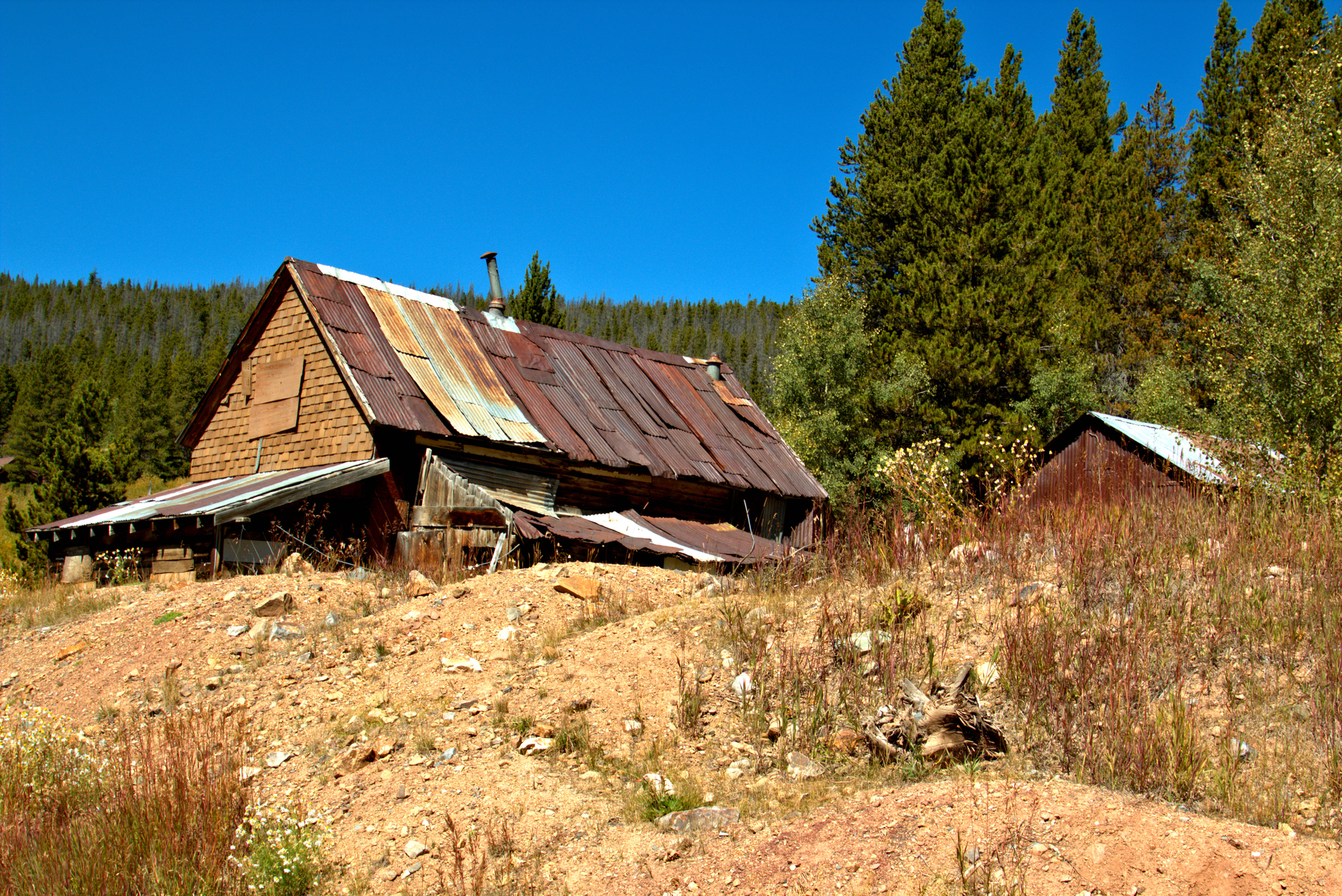
Many forests contain archaeological sites, historic mining operations, and cultural resources that visitors can explore more freely than in heavily protected park settings. These remnants of the past tell compelling stories of early settlers, indigenous peoples, and industrial history.
The experience of standing inside an old miner’s cabin or examining rock art with fewer barriers between you and history creates a more immediate connection to those who came before.
Like Travel Pug’s content? Follow us on MSN.
Working Forest Education
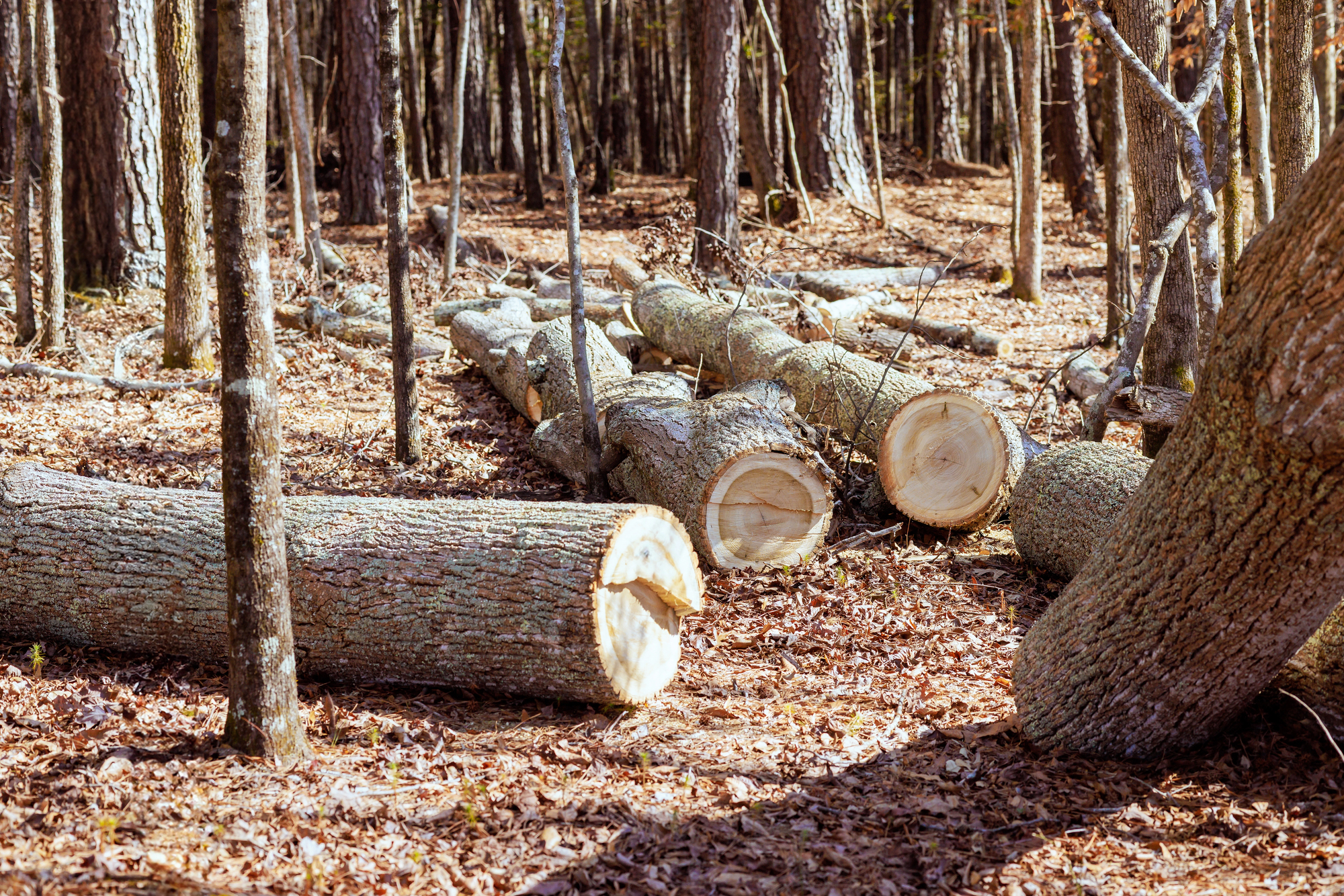
Unlike parks that primarily showcase preservation, national forests demonstrate sustainable resource management in action. Many forests offer opportunities to learn about logging practices, grazing systems, and forest health through interpretive programs and visible management activities.
Seeing firsthand the balance between conservation and use provides a valuable perspective on how humans can work with natural systems rather than simply observing them from a distance.
Hot Springs Soaking
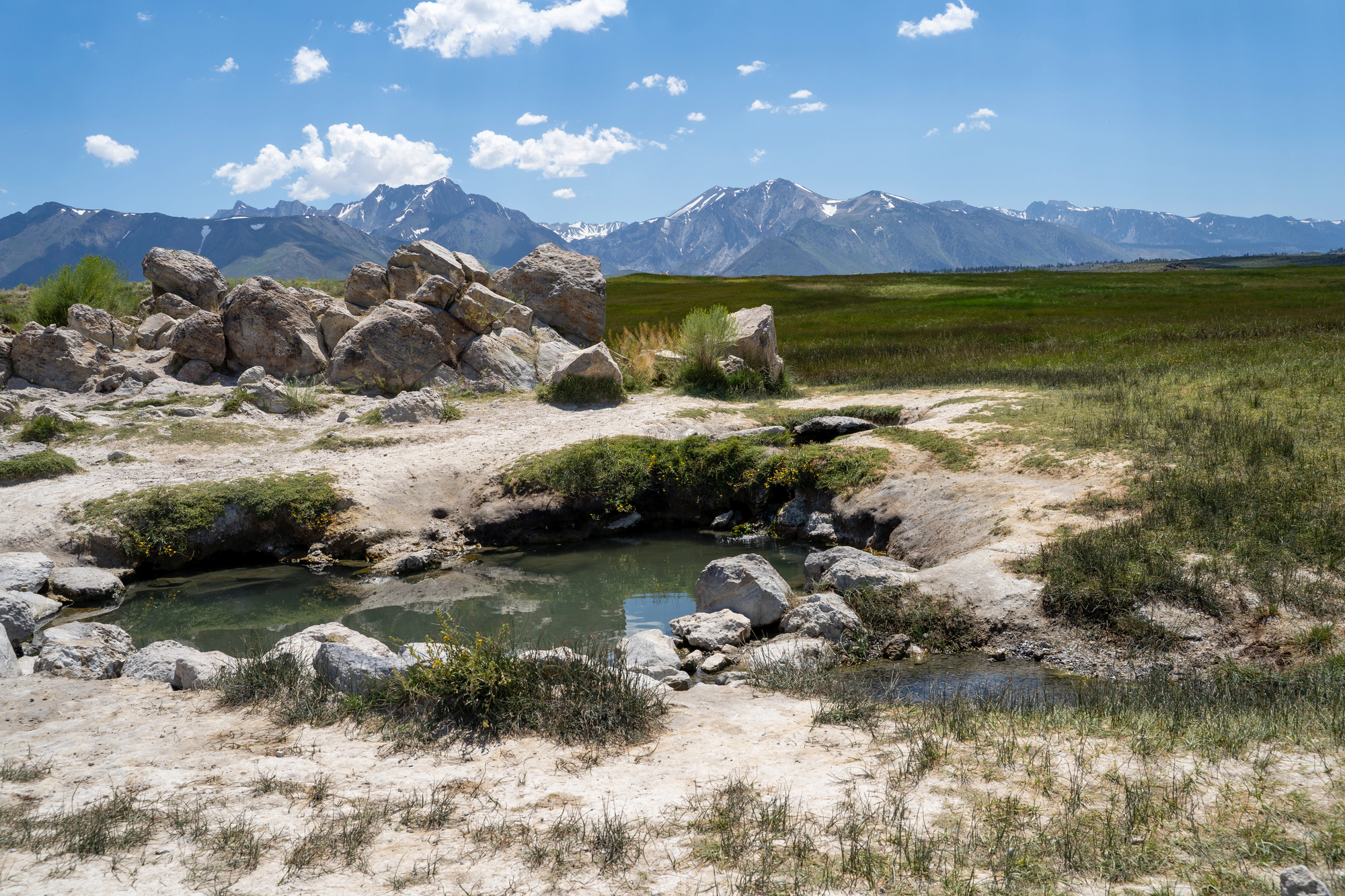
Several national forests harbor natural hot springs that remain relatively undeveloped compared to those in more regulated areas. These thermal pools offer relaxation in truly natural settings without the infrastructure of commercial hot springs.
Soaking in warm mineral waters surrounded by pristine forest creates a primitive spa experience that feels earned rather than purchased. The juxtaposition of cool forest air with warm waters makes these natural features especially memorable.
Dog-Friendly Adventures

While national parks often restrict where dogs can go, most national forests welcome four-legged companions on trails and in camping areas. This pet-friendly policy allows your furry family members to share in outdoor adventures without constant restrictions.
Watching your dog bound through mountain meadows or paddle in forest streams adds a layer of joy that’s missing when pets must stay behind or remain leashed at all times.
Like Travel Pug’s content? Follow us on MSN.
Extensive Backcountry Skiing
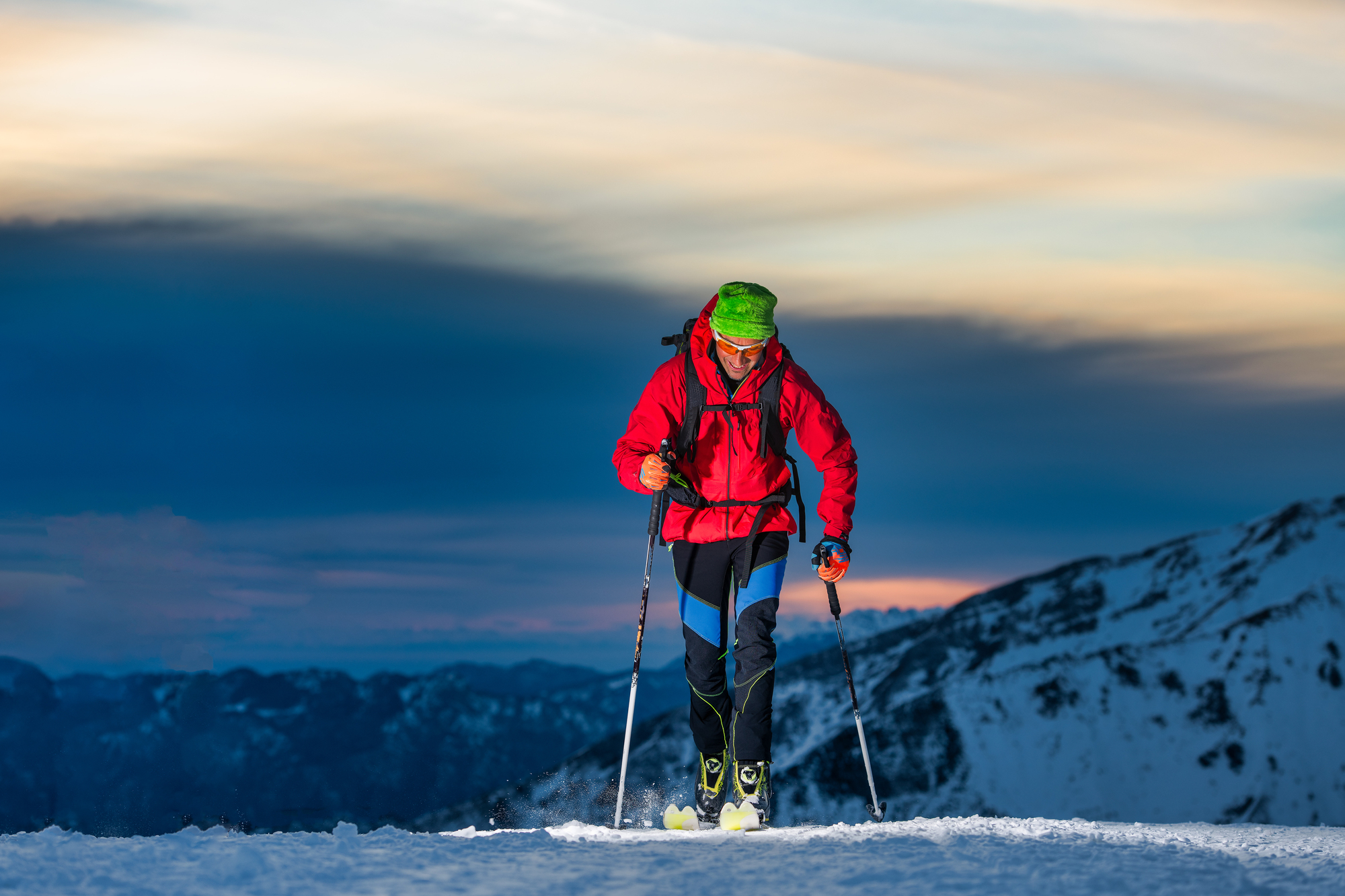
National forests contain vast powder playgrounds for backcountry skiers and snowboarders, with terrain ranging from gentle glades to steep chutes. These ungroomed and unpatrolled areas offer a raw winter experience for properly equipped adventurers seeking solitude.
Making fresh tracks down untouched slopes provides a sense of freedom and accomplishment that resort skiing simply can’t match, though it requires appropriate avalanche education and safety equipment.
Traditional Skills Practice
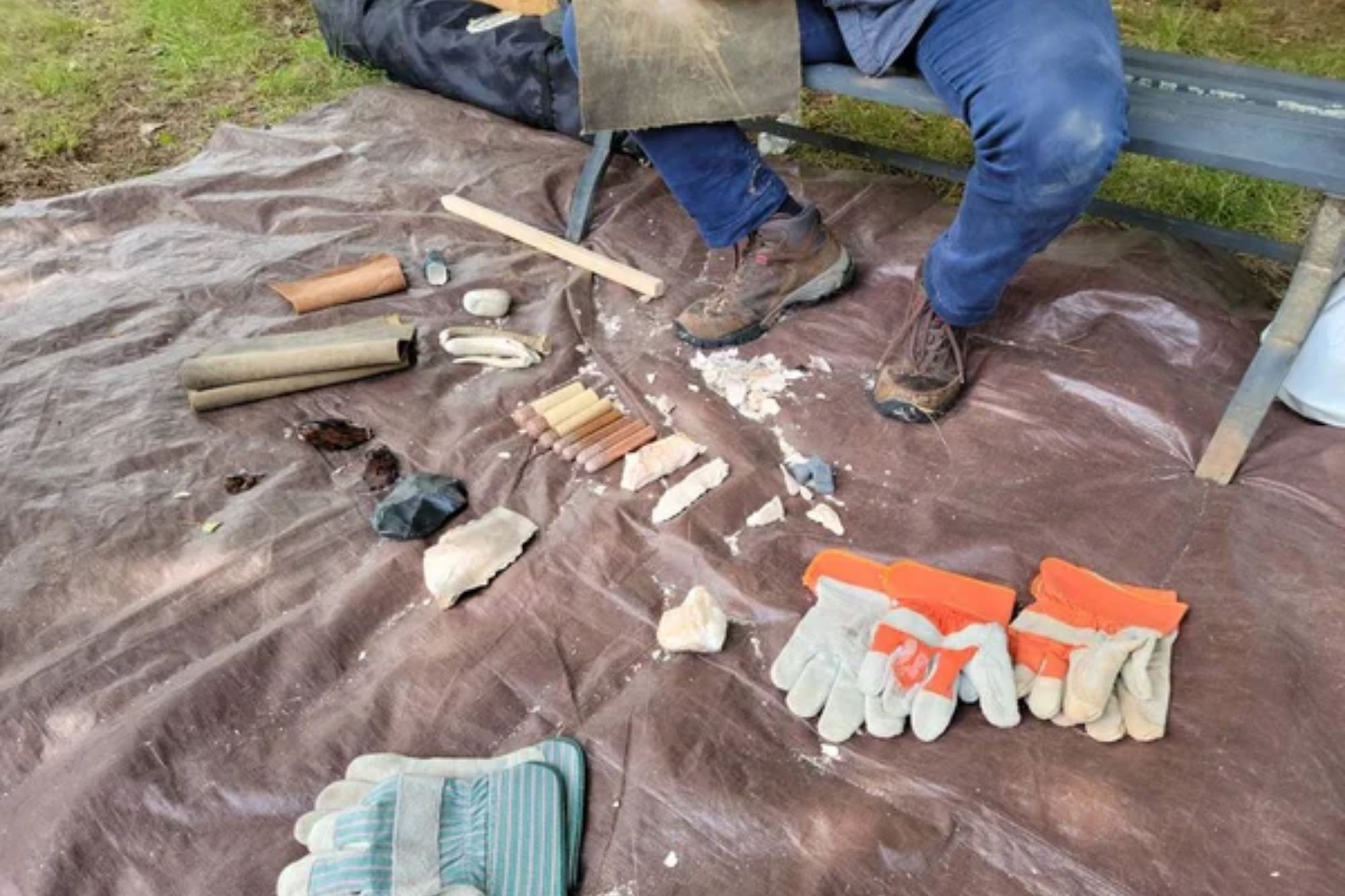
The majority of forests allow the practice of time-honored skills like flint knapping, building a shelter, and foraging for plants that would be punishable elsewhere. These activities connect visitors with centuries of survival skills and knowledge transmitted through the ancestors.
Learning the ability to make fire from merely natural materials or identifying healing plants creates a stronger connection with the forest than for mere recreation. Such allowance to get involved in these landscapes traditionally values the land and heritage.
Forest Stewardship

National forests are not just places to visit—they’re alive and invite active participation in their care. Unlike the passive role of national parks, forests embrace volunteerism through organized stewardship programs.
From planting trees following a fire to clearing trails, these activities connect you to these lands in a physical, lasting manner. This two-way relationship transforms visitors from passive observers to actual stewards of America’s woodlands heritage, forging bonds that often last a lifetime.
The experiences available in our national forests reflect their unique mission of balancing conservation with public use. These remarkable lands don’t just preserve America’s natural heritage—they actively invite us to participate in it through direct engagement with the landscape.
More from Travel Pug

- Cities Growing so Fast You Won’t Recognize Them in 10 Years
- 13 Destinations Where Tourists Regularly Regret Their Trip
- 16 U.S. Cities That Are Quietly Becoming Travel Hotspots
- Where to Travel If You Love Long Bus Rides and Daydreams
- 20 Cities Perfect for Solo Travelers Who Crave Adventure & Culture
Like Travel Pug’s content? Follow us on MSN.
